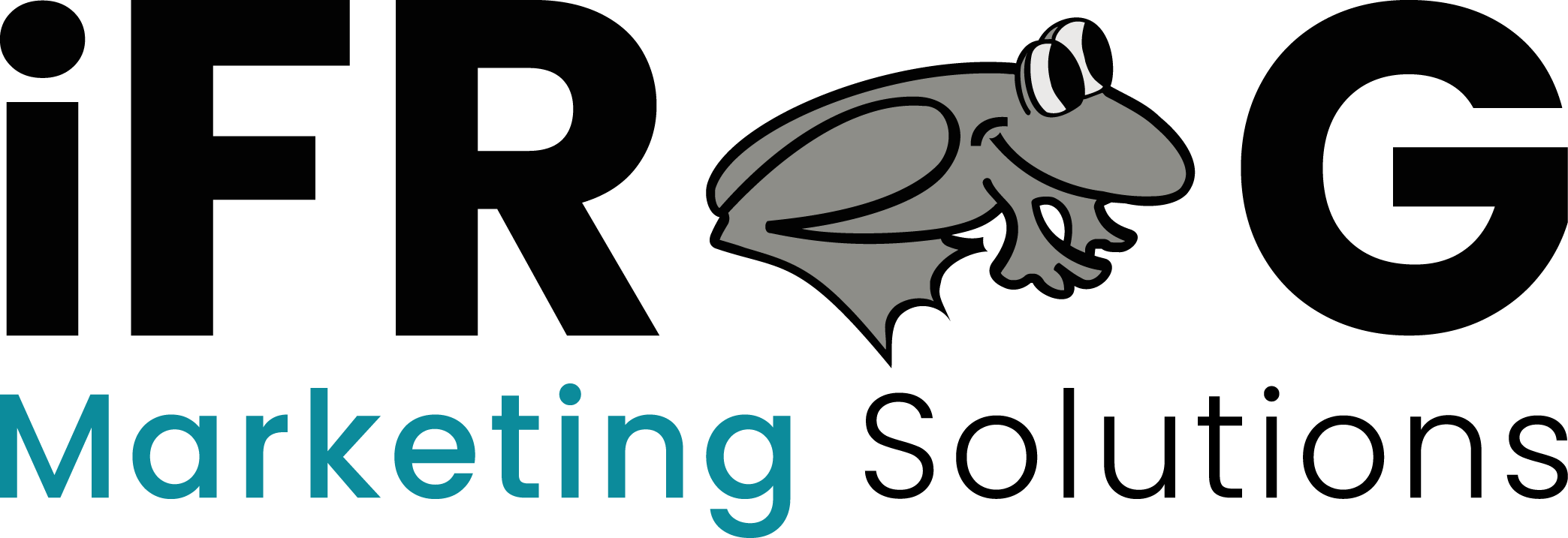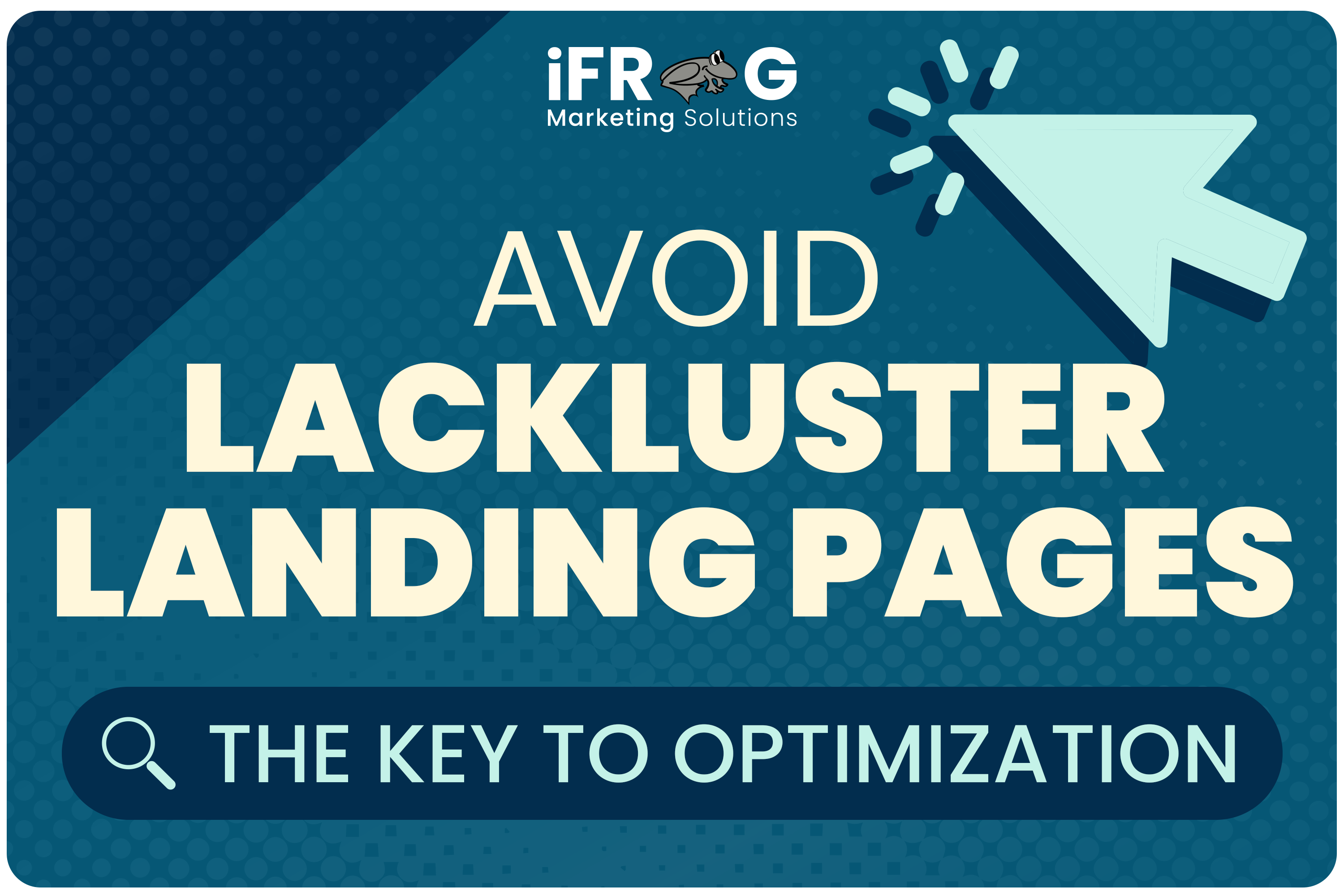Unlock the potential of your digital marketing strategy by mastering the synergy between SEO and PPC on your landing pages.
Understanding the Role of SEO and PPC in Landing Page Optimization
Landing page optimization is crucial for the success of both SEO (Search Engine Optimization) and PPC (Pay-Per-Click) strategies. Understanding the role that SEO and PPC play in landing page optimization is essential for maximizing the effectiveness of your digital marketing efforts.
SEO focuses on improving the visibility and organic ranking of a website in search engine results. By optimizing landing pages with relevant keywords, meta tags, and high-quality content, SEO aims to attract organic traffic and increase the chances of conversions.
On the other hand, PPC involves paid advertising campaigns where advertisers bid on keywords and pay for each click on their ads. By directing paid traffic to landing pages optimized for specific keywords, PPC aims to drive immediate traffic and generate leads or sales.
Both SEO and PPC have the common goal of driving targeted traffic to landing pages, but they utilize different strategies and tactics to achieve this. By combining the strengths of both SEO and PPC, you can create a comprehensive landing page optimization strategy that maximizes your chances of success.

Key Elements for SEO and PPC Success on Landing Pages
Optimizing the content on your landing pages is crucial for both SEO and PPC success. Here are some tips for effectively optimizing landing page content:
- Keyword Optimization: Incorporate relevant keywords naturally throughout your landing page content. Use them in headings, subheadings, and body text to improve search engine visibility and attract targeted traffic.
- Unique and Valuable Content: Create unique and valuable content that provides relevant information and addresses the needs of your target audience. High-quality content not only helps with SEO rankings but also engages visitors and increases the chances of conversions.
- Clear and Concise Messaging: Clearly communicate the value proposition of your product or service on your landing pages. Use concise and persuasive messaging to capture visitors' attention and convince them to take the desired action.
- Relevant and Compelling Visuals: Incorporate relevant and compelling visuals on your landing pages to enhance the user experience. Use images, videos, and infographics to convey information and engage visitors.
By optimizing your landing page content for both SEO and PPC, you can increase search engine visibility, attract targeted traffic, and improve the chances of conversions.

Testing and Analyzing Performance for Continuous Improvement
Continuous testing and analysis are essential for optimizing the performance of your landing pages for SEO and PPC. Here's how you can effectively test and analyze the performance:
- A/B Testing: Conduct A/B tests to compare different variations of your landing pages. Test elements such as headlines, call-to-action buttons, colors, layouts, and content to identify the most effective combinations for driving conversions.
- Conversion Tracking: Implement conversion tracking tools to measure the success of your landing pages. Track metrics such as click-through rates, bounce rates, average time on page, and conversion rates to identify areas for improvement.
- Heatmap Analysis: Use heatmap analysis tools to visualize user behavior on your landing pages. Heatmaps provide insights into where users are clicking, scrolling, and spending the most time, helping you identify areas of interest and optimize the layout and design accordingly.
- User Feedback: Gather feedback from users through surveys, feedback forms, or user testing sessions. This qualitative feedback can provide valuable insights and help you understand the user experience on your landing pages.
By continuously testing and analyzing the performance of your landing pages, you can identify areas for improvement and make data-driven optimizations to enhance the effectiveness of your SEO and PPC strategies.
Maximizing ROI with Integrated SEO and PPC Strategies
Integrating SEO and PPC strategies can help maximize the return on investment (ROI) of your digital marketing efforts. Here are some strategies to consider:
- Keyword Synergy: Identify keywords that perform well for both SEO and PPC and create a synergy between the two. Use data from PPC campaigns to inform your SEO keyword targeting and vice versa.
- Remarketing: Utilize remarketing techniques to target users who have previously visited your landing pages. By combining SEO and PPC remarketing efforts, you can increase brand awareness, engagement, and conversions.
- Data Sharing: Share data and insights between your SEO and PPC teams to inform strategic decisions. Analyze PPC data to identify high-performing keywords and landing page elements that can be optimized for SEO, and vice versa.
- Continuous Optimization: Continuously optimize your landing pages based on the insights gained from both SEO and PPC efforts. Make data-driven adjustments to keywords, content, design, and user experience to improve the overall performance and ROI.
By integrating SEO and PPC strategies, you can create a comprehensive and synergistic approach to landing page optimization, resulting in improved visibility, increased traffic, and higher conversions.
Get Started
Tired of low conversion rates? Let iFrog create data-driven landing pages that are laser-focused on your target audience and optimized for both organic search and paid advertising. Contact iFrog today for a free consultation and see how we can take your automotive marketing to the next level!


Comment